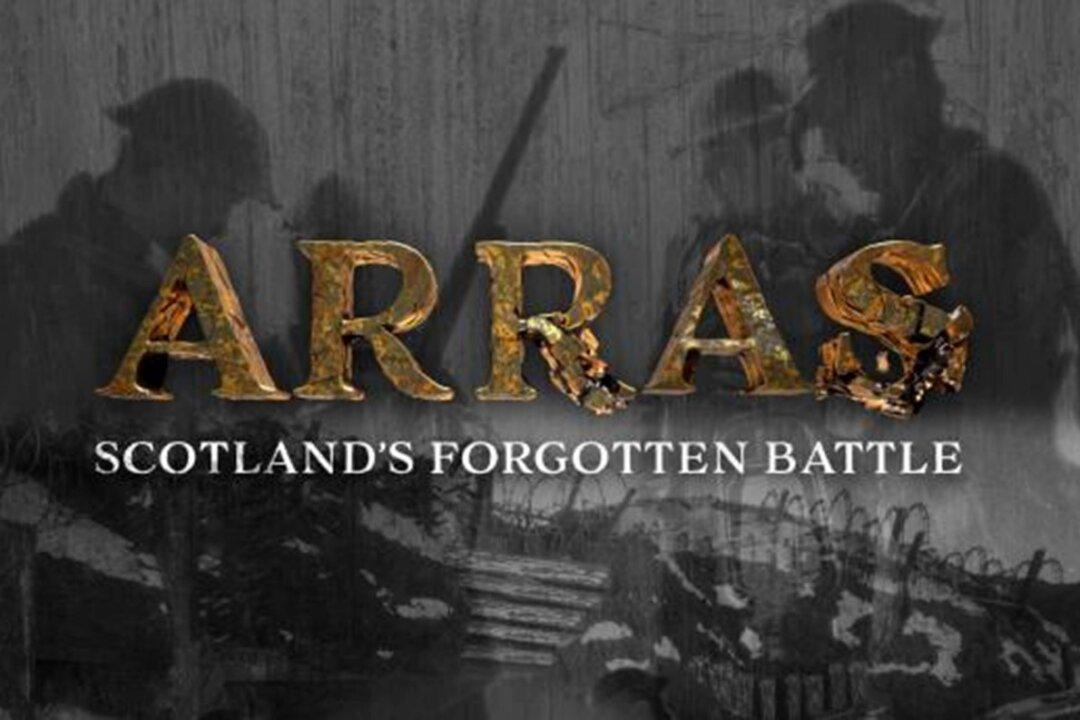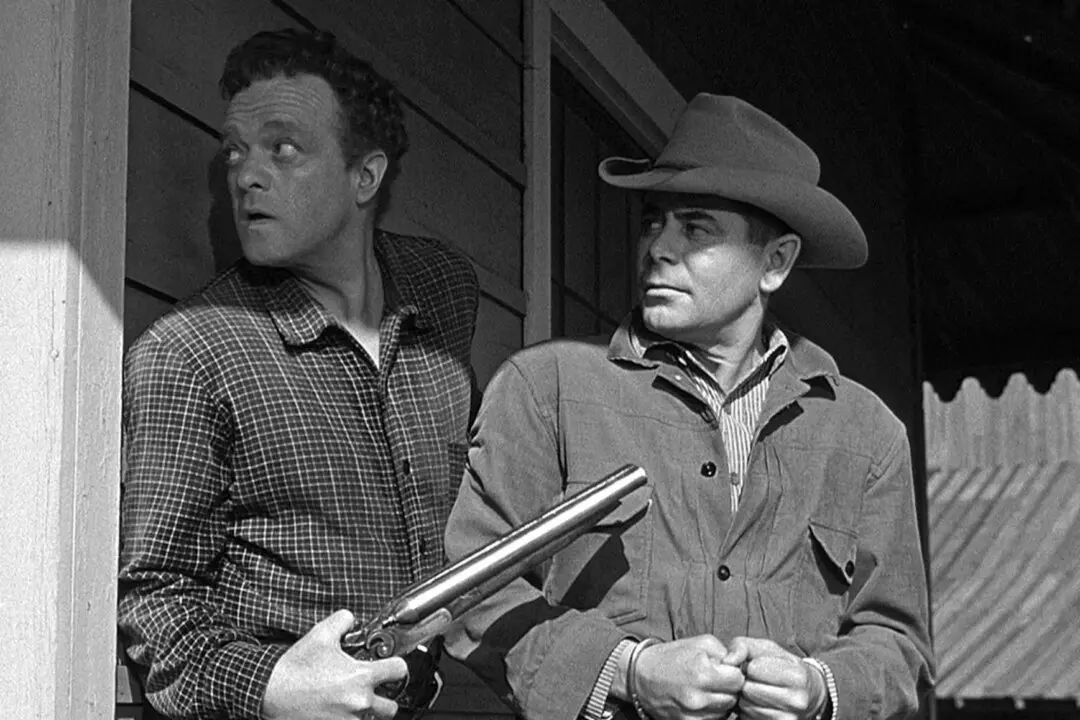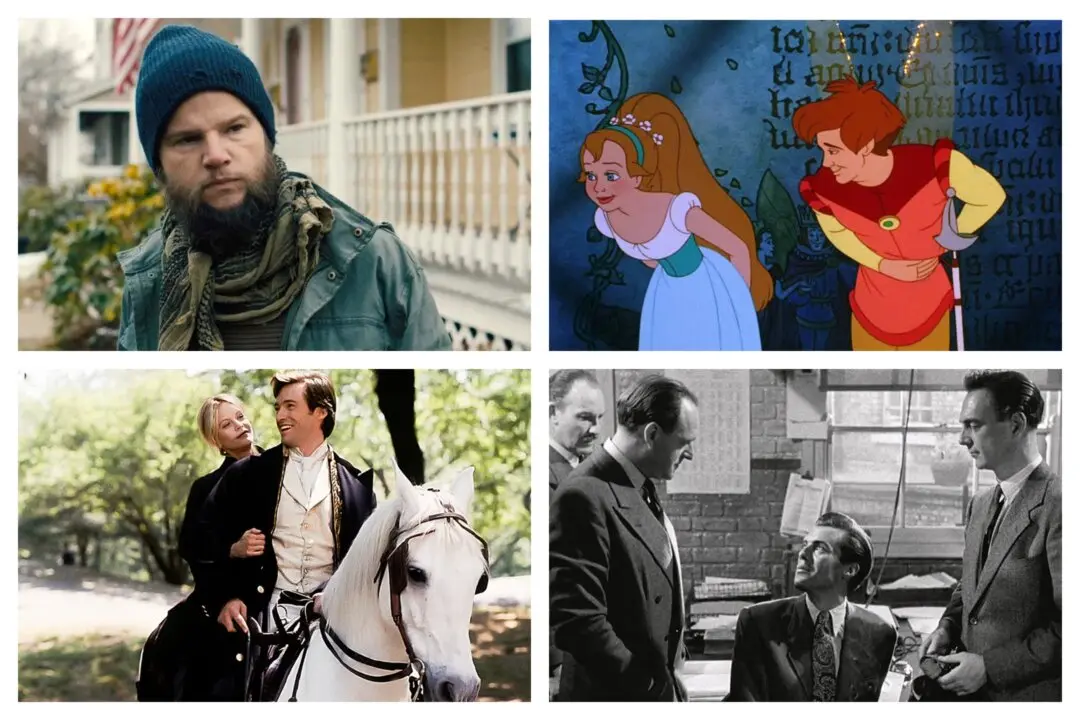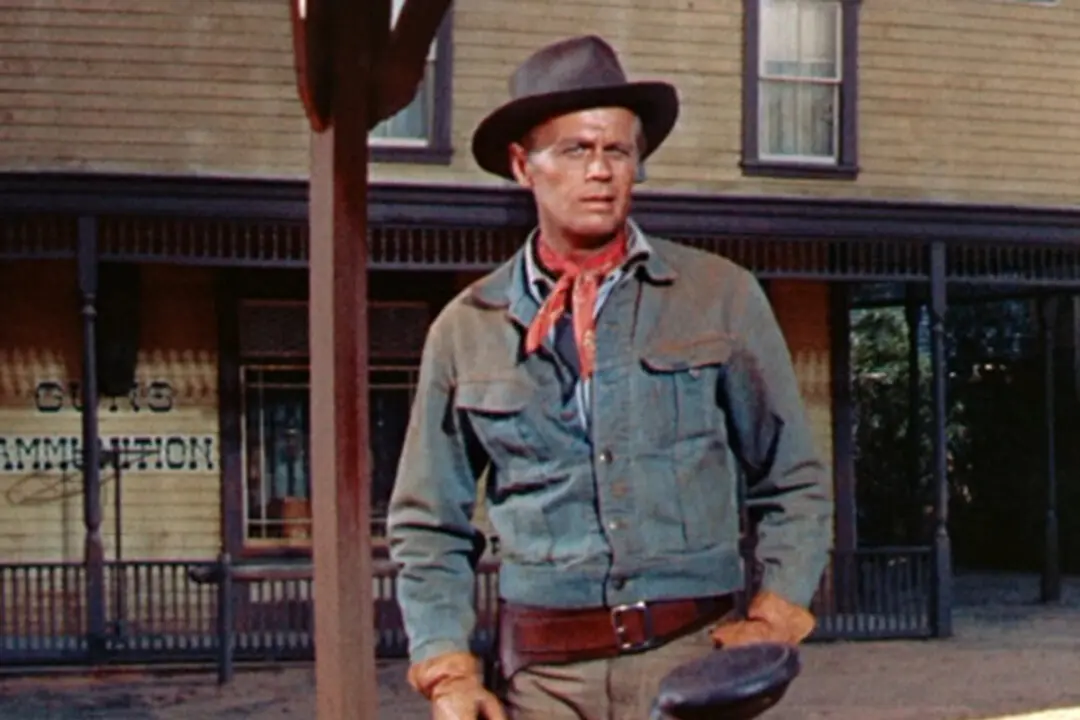Commentary
Some wars have faded from people’s memories over time, while others are more popular than ever. In terms of cinema, World War II and the Vietnam War films have been popularized to the extent that some suggest that they’ve been “done to death.” And I’m not just talking about feature films such as “Saving Private Ryan” (1998) or “Platoon” (1986), but also a veritable plethora of documentary films as well. And while I’m happy that this has allowed these wars not to be forgotten, it seems to have been at the expense of other conflicts, such as both the Korean War and World War I.





